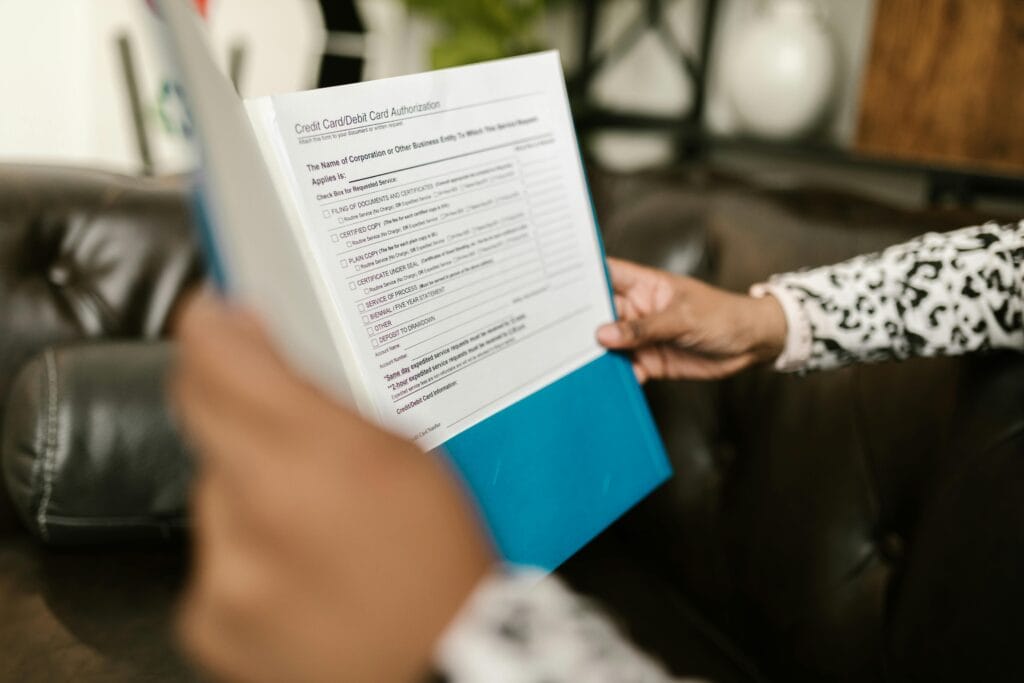For a Self-Managed Superannuation Fund (SMSF) to qualify as a complying superannuation fund, it must meet the definition of an Australian superannuation fund. Failure to comply with residency rules can result in the fund losing its concessional tax treatment, with significant financial consequences.
The Three Residency Tests for SMSFs
To be classified as an Australian superannuation fund, an SMSF must satisfy all three of the following tests:
1. The Fund Establishment Test
The SMSF must have been established in Australia, or at least one asset of the fund must be located in Australia. A fund is considered established in Australia if:
- The trust deed is signed and executed.
- The initial contribution to the fund is made in Australia.
Once an SMSF meets this test, it continues to satisfy this requirement indefinitely, regardless of where its assets are situated.
2. The Central Management and Control (CM&C) Test
The strategic and high-level decisions of the SMSF must be ordinarily exercised in Australia. This includes:
- Formulating and reviewing the investment strategy.
- Monitoring the fund’s performance.
- Making decisions on how fund assets are used to pay benefits.
However, routine operational tasks such as accepting contributions and lodging tax returns do not fall under CM&C.
Temporary Absence and the CM&C Test
An SMSF trustee can temporarily be outside Australia for up to two years without breaching this test. For longer absences, trustees must demonstrate that their absence is temporary and that they intend to return.
Using an Enduring Power of Attorney (EPOA)
If an SMSF trustee plans to be overseas for an extended period, they can appoint an Australian-based trustee with an Enduring Power of Attorney (EPOA) to manage the fund’s CM&C. However, the appointed person must act independently and not simply follow instructions from the overseas trustee.
3. The Active Member Test
An SMSF must meet one of the following conditions:
- The fund has no active members, OR
- At least 50% of the total market value of the fund’s assets are held by active members who are Australian residents.
An active member is someone who contributes to the SMSF or has contributions made on their behalf (e.g. employer contributions).
Example: Failing the Active Member Test
Scenario: Brett and David are members of the BAD Super Fund. Brett relocates overseas permanently for a job, but his employer continues making contributions to the SMSF. Brett has a balance of $400,000, and David has $250,000.
Since Brett’s balance represents more than 50% of total active member assets, the SMSF fails the active member test, making it non-complying.
Penalties for Non-Compliance
If an SMSF fails any one of the three residency tests, it will be considered non-complying, leading to:
- Loss of concessional tax treatment.
- Fund assets taxed at the highest marginal tax rate (45%).
- Ongoing income taxed at 45% each year.
To avoid these penalties, SMSF trustees should regularly review their residency status and seek professional advice.
Final Thoughts
Ensuring your SMSF remains compliant with Australian residency rules is crucial to maintaining its tax benefits. Trustees who plan to move overseas should carefully assess their fund’s management and consider appointing an Australian-based trustee if necessary. Seeking professional advice is recommended to ensure ongoing compliance and protect the fund’s concessional tax status.
